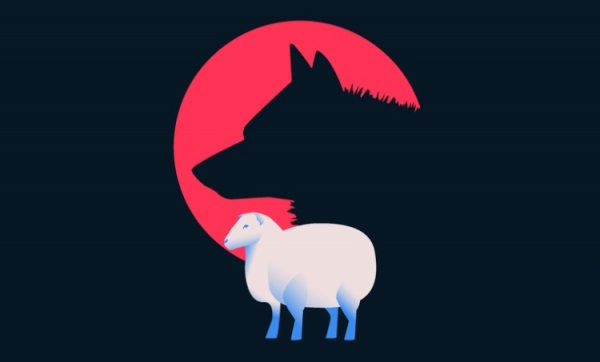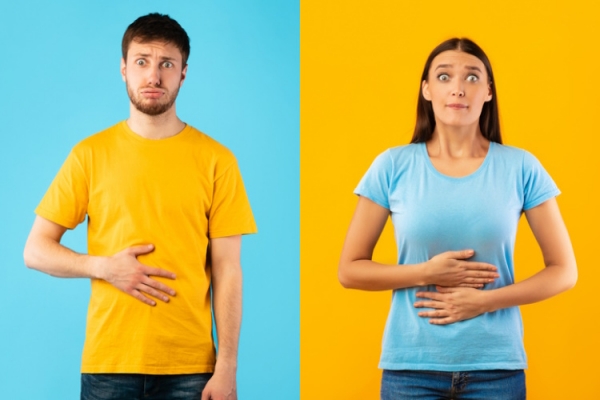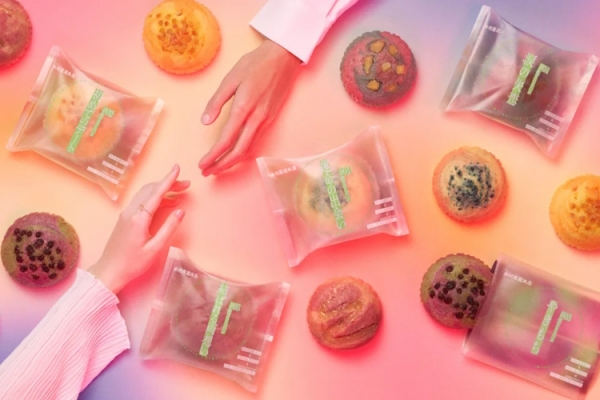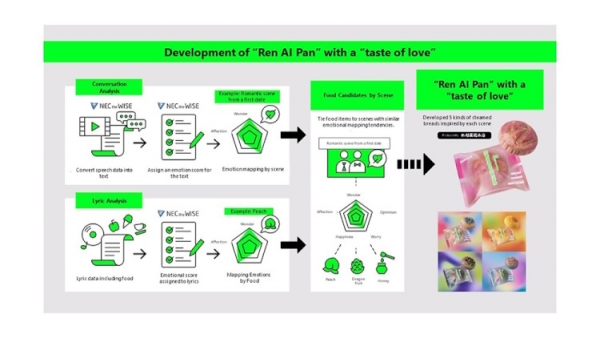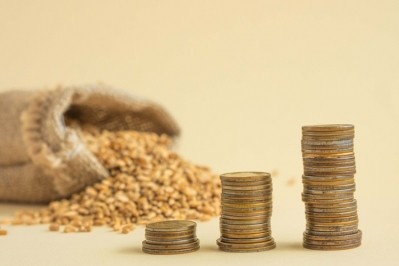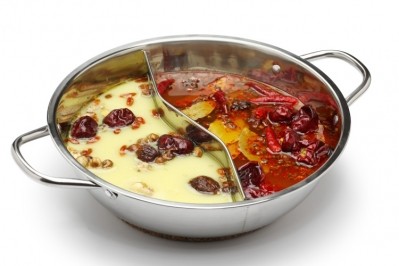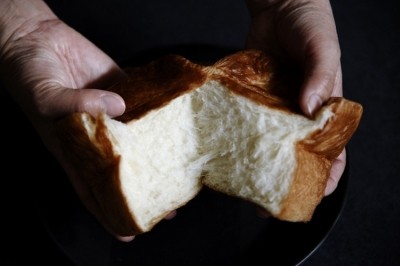How AI is revolutionizing the food industry: Can you tell which of these images was made by AI and which is the real deal?
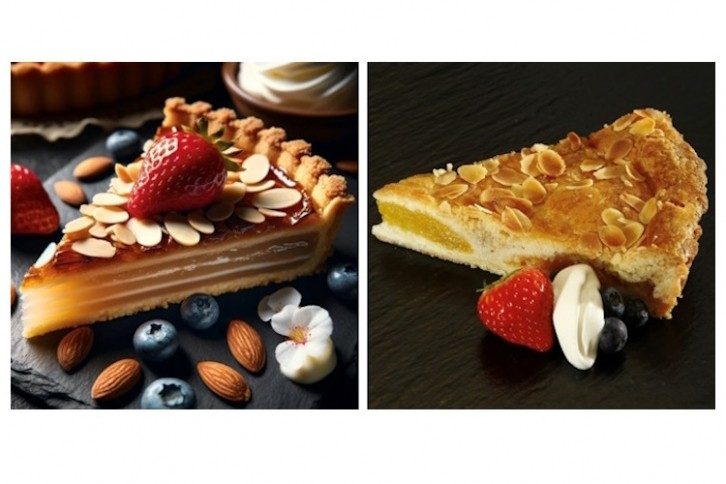
Over the past decade, artificial intelligence (AI) has fundamentally altered various sectors of society, blurring the distinction between reality and artificiality.
This shift has been particularly notable with the introduction of generative AI models, sophisticated AI systems that learn to create new content that is similar to the datasets on which they have been trained. While these models – such as OpenAI’s ChatGPT – have garnered attention, they’ve also raised concern.
In digital media, AI’s influence in reshaping content creation and user interaction is profound, and while there is much research exploring people’s opinions about AI-generated content like images of human faces and human speech, no study has yet looked at consumer perceptions of AI-generated food content.
As such, researchers from University of Naples Federico II and the University of Oxford set out to investigate the complex interplay between technological advancements and human responses, specifically within the sphere of digital food marketing.
The study’s aims were twofold: First, to explore whether people are able to distinguish AI-generated from real food images and whether this ability is affected by the degree of food processing. Second, to investigate whether the AI-generated images differ in perceived appeal compared to their real counterparts; whether the level of food processing modifies these perceptions; and finally, whether disclosure of the photo’s nature (real or AI-generated) influences these assessments.
Visual hunger and consumer deception
The study’s findings carry implications for both the food industry and policymakers.
Visual hunger refers to the cravings and increased appetite triggered by seeing images of food, while potentially also creating inappropriate internal references for portion sizes. With the obesity crisis raging across the globe, that’s something the food industry certainly does not need to exacerbate.
“Our findings suggest that AI-generated food images are generally well-received by consumers, often even better than real photos when individuals are unaware of the photo’s nature,” wrote the authors.
But while AI is a boon for marketers in reducing costs of expensive photoshoots, there is the potential risk of the doctored pics intensifying ‘visual hunger’, say the researchers.
Another concern is the need for clear disclosure policies. AI’s ability to create images that are virtually indistinguishable from the real thing raises the ethical issue of consumer deception.
Taking food to new heights
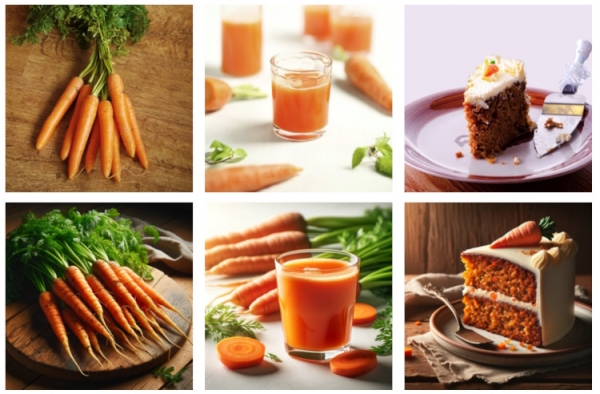
The study – published in Food Quality and Preference – found AI excels at enhancing the appeal of food images by leveraging key features such as symmetry, shape, glossiness and overall lighting and colour. All are known to contribute significantly to the attractiveness of food imagery.
The researchers arranged food images in three stages of processing, for example, a raw carrot, carrot juice and a carrot cake.
The pics were then uploaded into OpenAI's DALL-E 3 integrated with Chat GPT4 and asked to ‘replicate this photo’. However, the AI images were reconstructed from scratch rather than being modifications of the original.
The researchers showed 297 participants a series of real food and AI-generated images, asking them to rate both the real or AI-generated pics on a scale from ‘not at all appetizing’ to ‘extremely appetizing’.
When participants were told how each image had been created, they tended to rate real and AI-generated versions equally appealing.
However, when they were unaware of the image creation process, the AI-generated version was consistently rated higher than the real thing.
When shown side by side, participants were generally good at spotting which was AI-generated and which was real: 62% for the image of carrot juice up to 91% for images of chocolate-coated peanuts. When shown separately, the task was more difficult, dipping to only 26% in some cases.
Below are some of the AI-generation descriptions of the original photos:
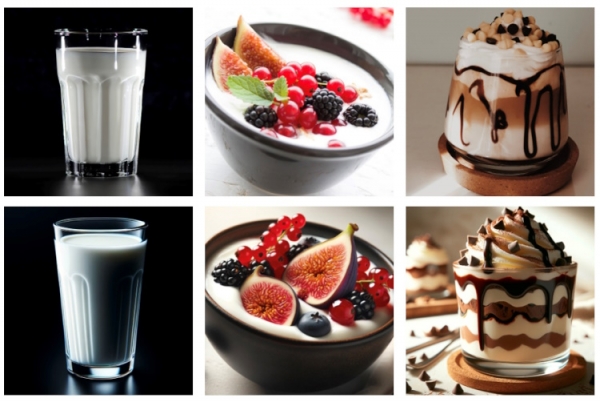
Milk: ‘Detailed shot of a tall glass filled with pristine white milk. Subtle reflections on the glass’s rim, courtesy of a light source from the top or side, accentuate the milk’s smooth flow. The contrast between the milk’s velvety texture and the pitch-black background is stark and striking.’
Chocolate milkshake: ‘A rich and creamy layered dessert in a clear glass with visible layers of chocolate and vanilla cream. The dessert is topped with a generous amount of whipped cream, drizzled with chocolate sauce that gracefully runs down the inner sides of the glass. The dessert is garnished with a sprinkle of chocolate chips and white chocolate chips, all presented on a cork coaster with a white background, bathed in soft, warm lighting that creates a cozy and appetizing atmosphere.’
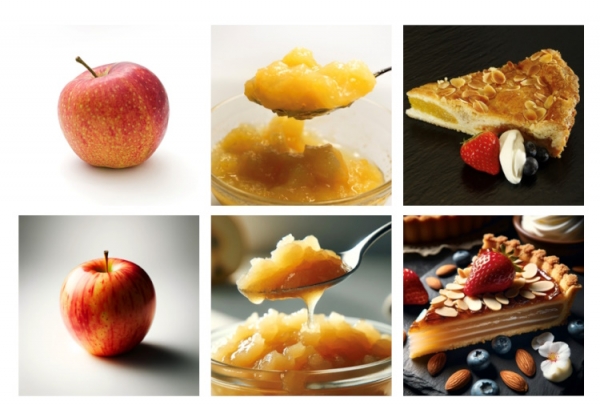
Apple: ‘A single, ripe apple with a vibrant red color mottled with yellow and green spots, sitting on a clean, white background. The apple has a smooth, shiny skin with a visible stem, reflecting its freshness. The image captures the apple in sharp focus, with soft shadows beneath it to give a sense of its round shape and weight. The lighting is bright and even, highlighting the apple's color and healthy appearance.’
Apple pie: ‘A slice of almond tart on a dark slate surface, the tart has a golden brown crust topped with sliced almonds. Next to the tart, there's a fresh strawberry, a dollop of whipped cream, and a few blueberries, adding a touch of color contrast to the dark background. The tart slice is angled to showcase its layered filling, with a crisp crust and a soft, sweet interior. The lighting is from the top, casting a subtle shadow and emphasizing the textures of the tart and the glossy berries.’
Carrot cake: ‘A slice of carrot cake on a plate with a cake server, against a wooden background. The cake has a moist texture with visible carrot shreds and warm spices, topped with a creamy white frosting and a small decoration of a marzipan carrot. The plate is rustic, complementing the homemade appearance of the cake. There are some crumbs on the plate, suggesting a slice has been recently served. The lighting is warm and inviting, enhancing the rich colors of the cake.’
Peanuts: ‘A pile of raw peanuts in their shells on a white background. The peanuts are in various natural shapes and sizes, with the textured, fibrous surface of the shells visible. They have a pale brown color with some having darker spots. The focus is sharp, capturing the detailed textures of the shells. The lighting is bright and even, creating soft shadows that accentuate the peanuts' contours.’
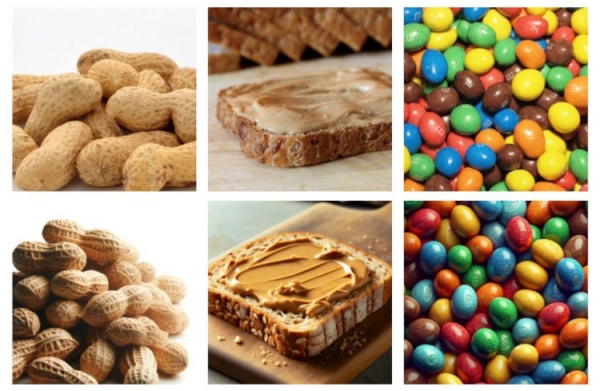
The unappetizing impact of a perceived threat
Another plus of AI is its ability to discern and make subtle tweaks to images to make them more visually appealing.
Lead author Giovanbattista Califano, a PhD student in Food Science at the University of Naples Federico II in Italy, explained, “As humans, we tend to feel uneasy with objects pointing towards us – interpreting them as threats – even if it’s just food. When tasked with replicating food photos featuring items pointing at the viewer, such as a bunch of carrots or a piece of cake, the AI often positions the food so that it doesn’t directly point at the viewer.”
He notes this warrants further studies, but says, “it’s plausible that this approach enhances the perceived attractiveness of the depicted food.”
The concerns of AI-generated food images
On the downside, say the researchers, the enhanced appeal of AI-generated images could trigger or intensify visual hunger.
Through analysis of patterns in data, AI can identify and amplify specific features in the image that the field of gastrophysics has shown to enhance the appeal, such as symmetry, shape, freshness, glossiness, dynamic-presentation, background/ambient lightning/color and so forth.
Gastrophysics is the combination of gastronomy (the knowledge of all that relates to man as he eats) and psychophysics (the branch of psychology that deals with the relations between physical stimuli and mental phenomena).
“While AI-generated visuals may offer cost-saving opportunities for marketers and the industry by reducing the cost of commissioning food photoshoots, these findings highlight potential risks associated with exacerbating ‘visual hunger’ among consumers,” said Prof Charles Spence, an experimental psychologist at the University of Oxford, UK.
“This could potentially influence unhealthy eating behaviours or foster unrealistic expectations about food among consumers.”
AI-generated images also depict foods to appear more indulgent and abundant (energy-dense), for instance, by adding more whipped cream to a dessert or increasing the number of fries.
Given that humans typically pay more attention to energy-dense foods, this raises concern that widespread dissemination of such idealized food images could promote unhealthy eating behaviors or create unrealistic expectations.
Manipulating images to look perfect could inadvertently nudge people towards an unsustainable ideal of what natural food should look like, say the researchers. It also flies in the face of the global movement towards more sustainable consumption patterns, including the promotion of ‘ugly’ fruits and veggies.
This then brings up the topic of consumer deception: Something many food producers have found themselves being taken to court over.
While pics of foods used in advertising and packaging frequently deviate from the food’s true appearance or recommended portion size, the widespread availability and ease of use of AI could lead to even more rampant dissemination and deception.
The researchers advocate disclosure of the content’s origin.
“We argue that transparent disclosure may represent a win-win solution, benefiting both the industry and the wellbeing of individuals and society,” they wrote.
“Indeed – although we observed a negative effect on the appeal of these photos when consumers were informed about their AI origin – they were still deemed just as appealing as real ones.”
AI and designing flavors
A survey conducted by GlobalData found 33% of global consumers would be ‘very’ or ‘quite likely’ to trust recommendations from a virtual assistant to buy food and drinks, and like the researchers above, also emphasizes that trust remains imperative.
“More brands are taking greater liberties with the concept of flavor, by using intangible elements such as ideas, experiences and moods to describe flavor,” said Katrina Diamonon, principal consumer analyst for GlobalData.
Such as the recent advancements in Japan, which showcased how brands are leveraging AI to infuse ideas and emotions into product development.
Earlier this year, Kimuraya Sohonten Co, one of Japan’s oldest bread producers – in partnership with Japanese tech giant NEC Corporation and Abema TV – used AI to develop the Ren AI Pan range (AI Romance Bread) to captivate new demographics, particularly younger consumers.
By analyzing cultural cues from TV and social media, AI assigned ‘emotional scores’ to map out the different stages of love – a fateful encounter, a date, jealousy, heartbreak or mutual love – which the bakery manufacturer converted into specific flavors.
“This recent example from Japan takes the consumption experience beyond the sensorial and into the emotional realm,” said Diamonon.
“We have already seen this kind of innovation from more progressive beverage companies, but its expansion into bakery suggests that a wider array of food and drink brands will explore more whimsical and abstract flavors.
“It also underscores the wider impact of AI technology on consumer goods innovation. Not only is it making food production smarter and more sustainable; it is also changing how food products are conceived and designed, aligning them even more closely with consumer preferences. Significantly, we are already seeing a degree of confidence in AI-assisted food and drink choices; however, consumer trust in such technologies needs to continue to grow.”
She added, “The notion of translating human emotions into tangible flavors may seem far-fetched but is certainly not beyond the realm of possibility for AI, which has only scratched the surface in terms of its ability to use predictive analytics to transform ideas into reality.
“As more brands make the move into the metaverse, flavor has the potential to become a more abstract term as physical and digital worlds merge. AI will prove invaluable in helping brands develop flavors and scents that bring an emotion to life.”
Study:
Califano G, Spence C. Assessing the visual appeal of real/AI-generated food images, Food Quality and Preference, Volume 116, 2024, 105149. doi.org/10.1016/j.foodqual.2024.105149.
